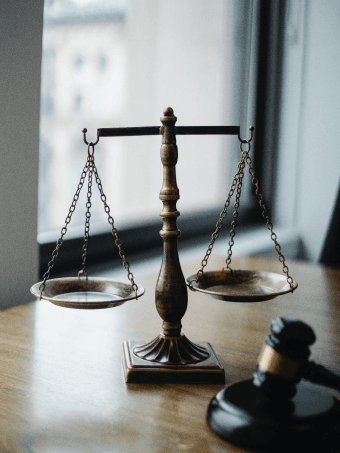Changing registered name/logo
If we are talking about company names and logo trademarks that have already been registered, IP laws provide relatively little space for alterations. At the point when a trademark application has been filed and registered at the IP Office, only minor changes could be granted. If the change falls under the category of material alteration, which means that an examiner would have to do a new search to redetermine whether or not there are any conflicts, then it will most likely not be allowed. However, some of the minor alterations allowed at this stage include:
Modernizing minor stylistic changes to a design;
Removal of non-distinctive matter such as “THE” or “INC.”;
Amending from one word to two or vice versa;
Removal of quotation marks;
Shrinking elements in a mark;
Rearranging elements in the mark;
A black and white drawing to a color drawing;
Changes such as fixing spelling errors, or adding or removing punctuation that affects the commercial impression of the mark are generally not allowed. If brands want to go beyond permitted alterations, they have to file a new trademark application to make sure it’s protected going forward with the proper new iteration of the brand. In order to avoid unnecessary paperwork, consider consulting an experienced trademark attorney about whether a slight modification to your mark might be enough to get around the issue or if a more drastic change needs to happen.
Registering appropriate goods and services coverage
As your business evolves, you may begin to use your trademarks in new ways to retain the interest of repeated customers and attract new clients. Hence, another important reason for making trademark amendments is to ensure that over time the coverage of an existing trademark registration still adequately reflects any changes in the goods and/or services that a company offers. However, as trademark amendments strictly prohibit any material alteration, it is also not possible to add any products/services to the application after it has been filed. Still, this shouldn’t discourage you from considering filing a separate application if your business has undergone significant changes.
When the use of your trademarks starts to exceed the initial product and service classifications they are registered for or if your trademarks are being used in a new way, it is highly advised to revisit your portfolio of branding materials and trademark rights to identify any gaps in legal protection. Not doing that means potentially losing protection for your business’s branding materials and impeding the brand reputation you’ve been able to achieve with your existing trademarks.
FAQs -
1.
Failing to update trademark coverage can lead to gaps in legal protection, leaving new products or services unprotected. This can result in loss of brand integrity, potential legal disputes, and difficulties in enforcing trademark rights against competitors.
2.
Determining whether a change is material or minor often involves consulting with a trademark attorney who can evaluate the extent of the alteration and its potential impact on the trademark's distinctiveness and existing legal protections. Minor changes typically involve stylistic adjustments, while material changes may affect the mark’s commercial impression.
3.
If a company decides to undertake a significant rebranding, it should file a new trademark application for the updated mark. This ensures that the new version of the brand is legally protected. It’s also important to verify the availability of the new trademark, update relevant business records, and communicate the change to stakeholders and customers to ensure a smooth transition.


